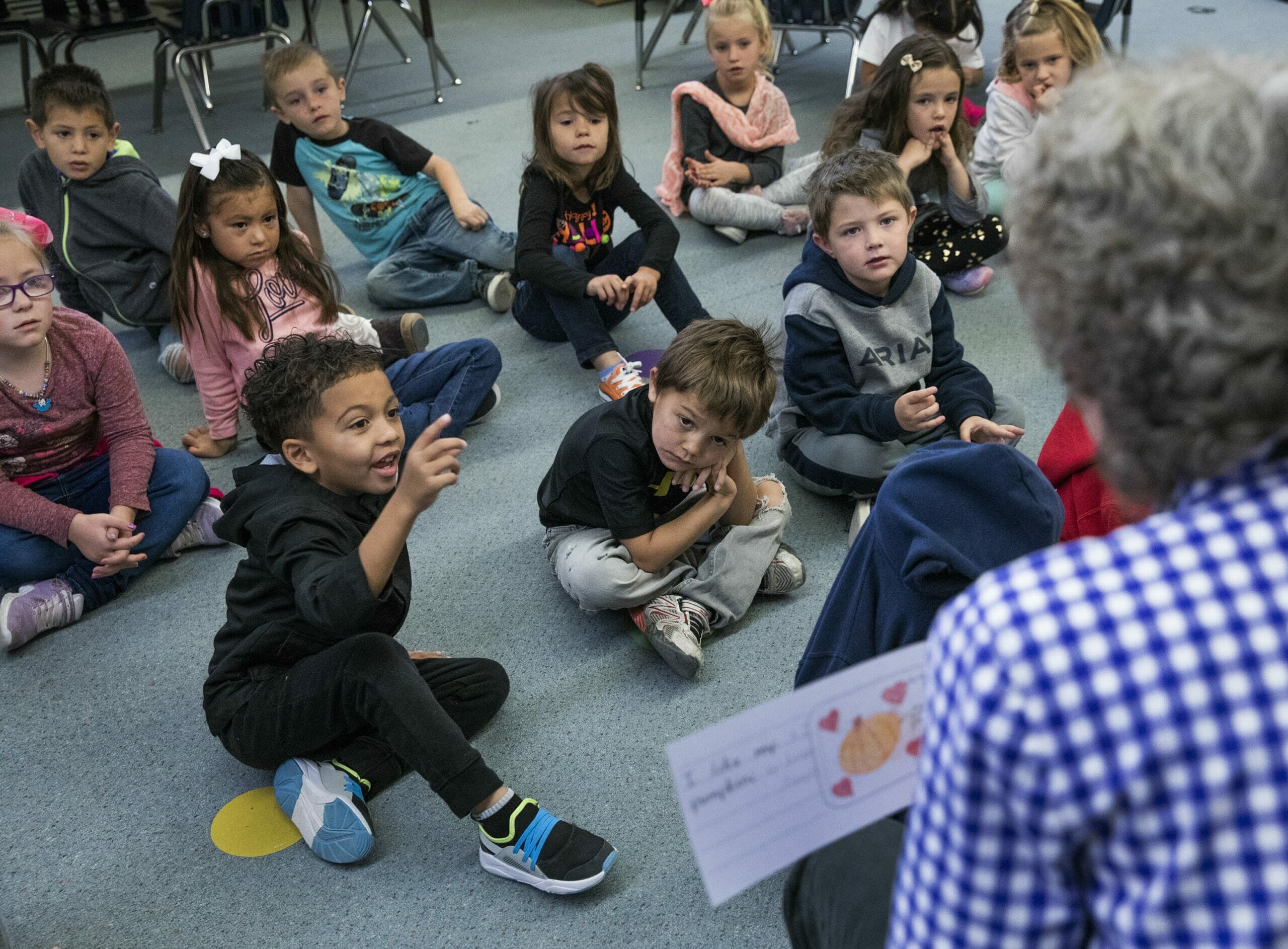Nevada schools need a post-COVID-19 plan

By Dale Erquiaga and Rey Saldaña
Nevadans know how to play the hand they’re dealt. That’s incredibly true of how communities and school districts here have rallied to help children and families navigate the unprecedented challenges presented by the COVID-19 school closures.
In a state where 60 percent of children are eligible for free and reduced-price school meals, keeping programs that feed children going has been vital. The state’s strong food bank network sprang into action, with support from local nonprofits and businesses. Just as important, schools have had to plan and put in place effective distance learning incredibly quickly and with full knowledge that the digital divide between Nevada’s urban and rural areas runs deep.
Students, teachers, principals, school staff, nonprofit service providers and parents are adjusting as best they can. But nothing Nevada leaders and educators do now can completely replace what happens inside the walls of a school to support children academically, socially and emotionally. Even as everyone works hard to create a “new normal” for kids while the pandemic continues, Nevada must plan for the longer-term education tsunami that is heading its way.
The summer slide, a loss of learning that happens each year when school’s out, will be nothing compared to the COVID-19 slide — which will hit low-income students and students from under-resourced school particularly hard. Nevada’s educators are doing their best to ensure all children have the opportunity to learn again, online and by paper packet, in living rooms and dining rooms and bedrooms. Even so, thousands of students — mostly low-income students and students of color — lack access to laptops, wifi, printers and other technology tools that would boost their connection to teachers and classmates as they try to keep learning.
We know from the experiences of children displaced by Hurricane Katrina that the long-term effects of a disrupted education can be disastrous. The longer schools are closed the worse students’ academic slide will be. Meanwhile, many families’ economic difficulties will become exacerbated, as Nevada’s job losses are predicted to be more severe than anywhere else in the nation. Mental health issues and trauma from the fear and uncertainty of the pandemic will build. In some households, children will have nowhere to go to flee domestic violence, which social workers say is rising across the nation.
Nevada can’t just wait for these dice to fall as they may. The state needs a post-COVID-19 plan, and that starts by answering crucial questions.
- First, the state needs to determine how it will address learning loss. That might be through summer school or extra classes and afterschool in the fall. A connected question is how schools will assess where children are in their learning with no standardized testing results from the spring, since the state got permission from the federal government to waive them.
- Also important to establish is how Nevada will ensure it has enough counselors and mental health professionals to deal with the certainty that caseloads will be fuller than ever next year. Already, the state’s student-to-counselor ratio is less than half what experts recommend.
- How will the state plan for the possibility that another wave of coronavirus hits the state or the nation in the fall, as experts predict? Districts need strategies for closing and reopening multiple times in the 2020-2021 school (and beyond), with minimal disruptions to student learning and services.
- Finally, Nevada communities should decide how they will make sure families in need and students on the margins will be served in the recession that is surely coming and will surely impact Nevada’s budget for education and social services.
We know schools can’t answer these questions alone. This crisis has shown that when school is out, too much reliance on schools to provide services and support has the potential to cause huge disruptions. The community, including nonprofits that already work closely with schools, can and must help prepare for our shared uncertain future.
If we play our cards right by taking these steps now, in Nevada’s communities and across the nation, all our children will win.
Dale Erquiaga is a visiting fellow and former President and CEO at Communities In Schools, a national network of nonprofits that work in schools to support the most vulnerable students and their families. He was Nevada’s state superintendent of public instruction from 2013 to 2015 and chief strategy office for Governor Brian Sandoval from 2015 to 2016.
Rey Saldaña is president and CEO of Communities In Schools. As a student, he was supported by Communities In Schools–San Antonio. Later, he served four terms as a San Antonio city council member.
